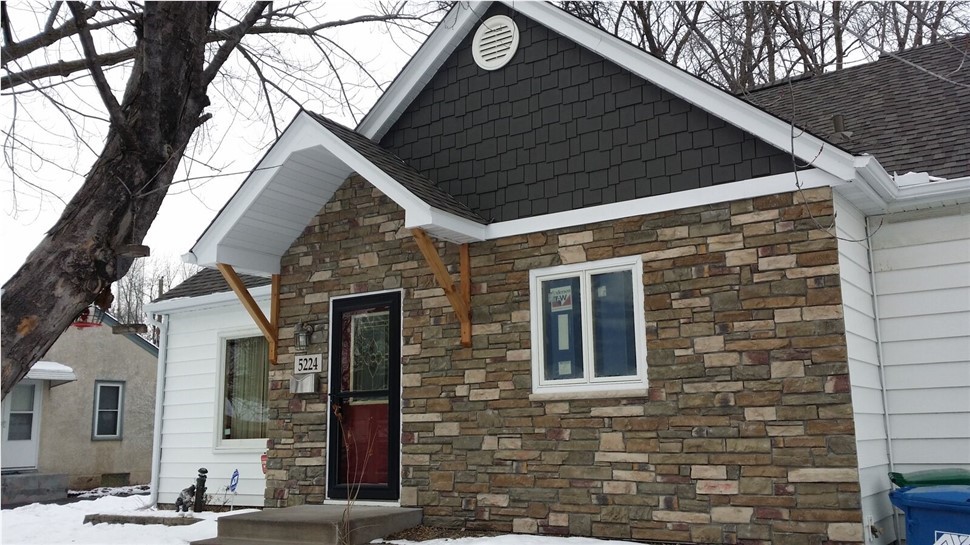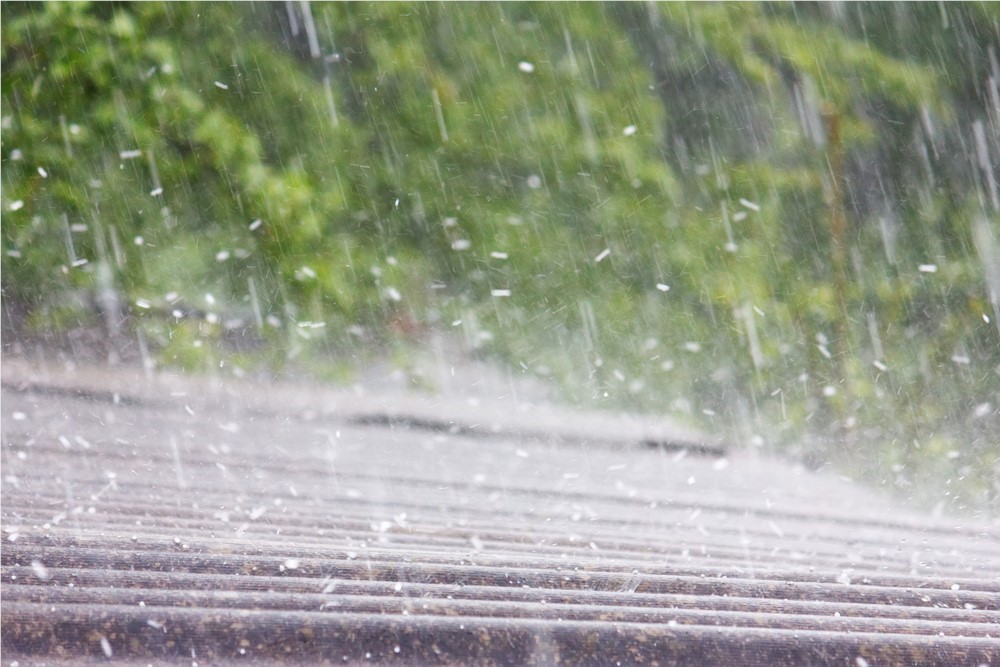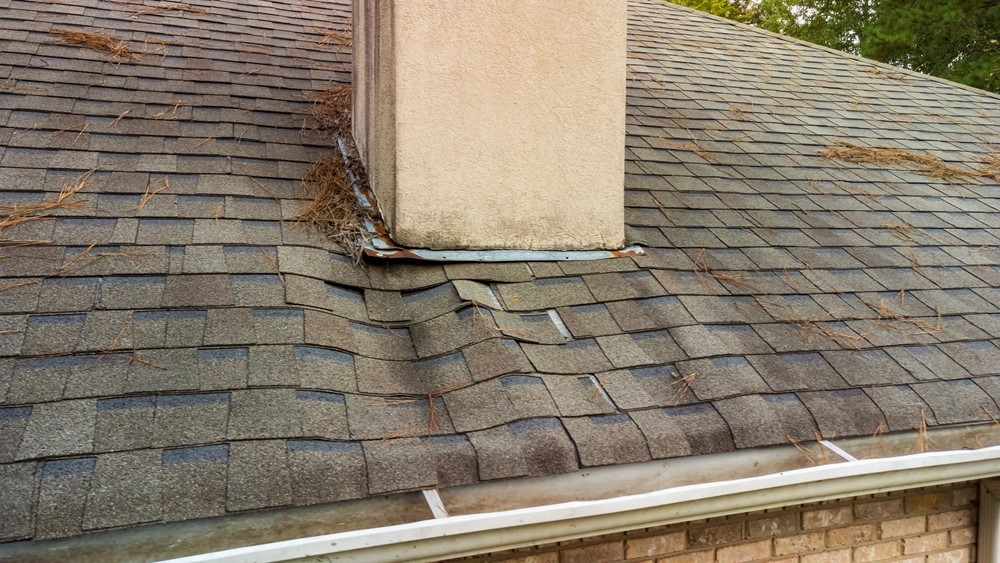If you've started your spring cleaning indoors, you may have noticed some stains on your ceilings that weren't there last fall. Did you know that these stains cause the most concern for home inspectors? If you're buying a home, you should pay close attention to the ceilings for telltale stains. The same holds true for keeping your home in good shape, because ceiling stains are usually an indication that there is a hidden problem that's slowly developing into a major headache.
While it isn't always possible to pinpoint the cause easily, here are some of the most common culprits.
- Roof leaks. A home inspector will use a meter to detect moisture levels. That helps to determine whether it's an old or new leak. A new leak could be one that has just developed, or it could be from a source that continues to add moisture every time it rains. These are these easiest stains to track down the source of. And often the location of the stain will be the clue to the source. For instance, leaking around chimney and other flashing usually results in a stain right below the flashing area. Old stains are a little more difficult to track back. They may be a result of a problem that's since been corrected. If you're buying a home, ask the sellers about the stain and whether there were roof repairs made.
- Bathroom exhaust fans. This stain is one of the most common in Minnesota homes and is a result of condensation of bathroom moisture. If ducts for bathroom exhausts aren't insulated, or the duct isn't passing through an air-tight cap in the roof, that moist air will form condensation in the attic around the duct, which eventually makes its way to the bathroom ceiling and causes stains around the fan.
- Ice dam moisture. If your ceiling stains are at the outside edges and corners, that's usually a telltale indication that an ice dam has resulted in water leakage. The usual cause is inadequate attic insulation as well as improper ventilation. You'll need to have the situation corrected before next winter, or you're likely to have it reoccur.
- Attic condensation. Random stains on your ceiling with no evidence of roof leakage usually mean that you've got a condensation problem in your attic. If enough of it forms and settles on the attic floor, it will eventually migrate down to your ceiling. One good way to check if this is going on is to inspect the nail heads in your attic. If they're rusty, you've got an attic condensation problem. Air leakage is usually the culprit, but excessive indoor humidity levels can contribute to the problem.
- Plumbing fixtures. These are generally the easiest to pinpoint; a leaky radiator, pipe or faucet produces an actively wet leak which should register on the moisture meter your inspector uses.
Subscribe to Quarve Contracting's Blog







Comments